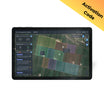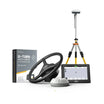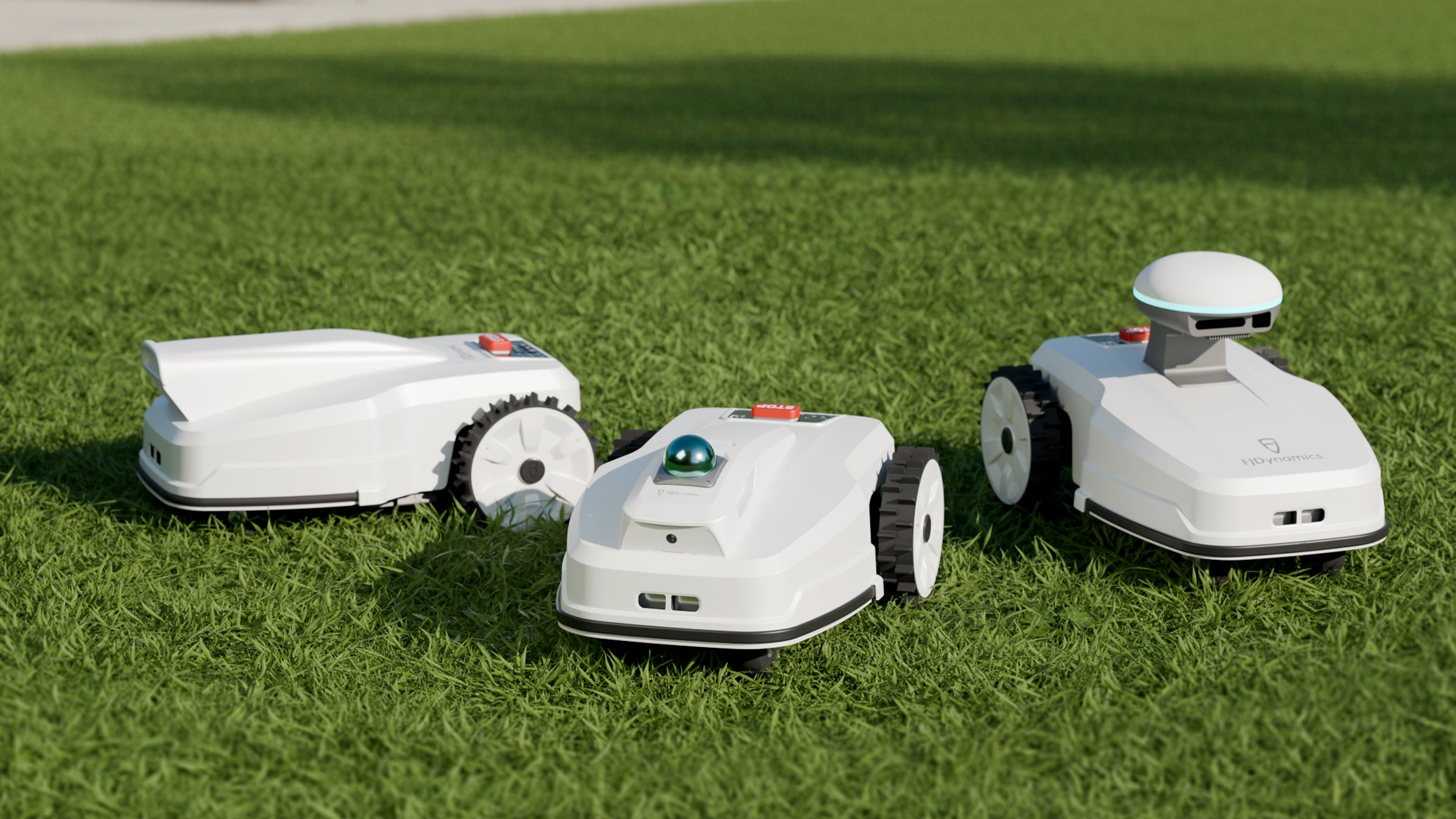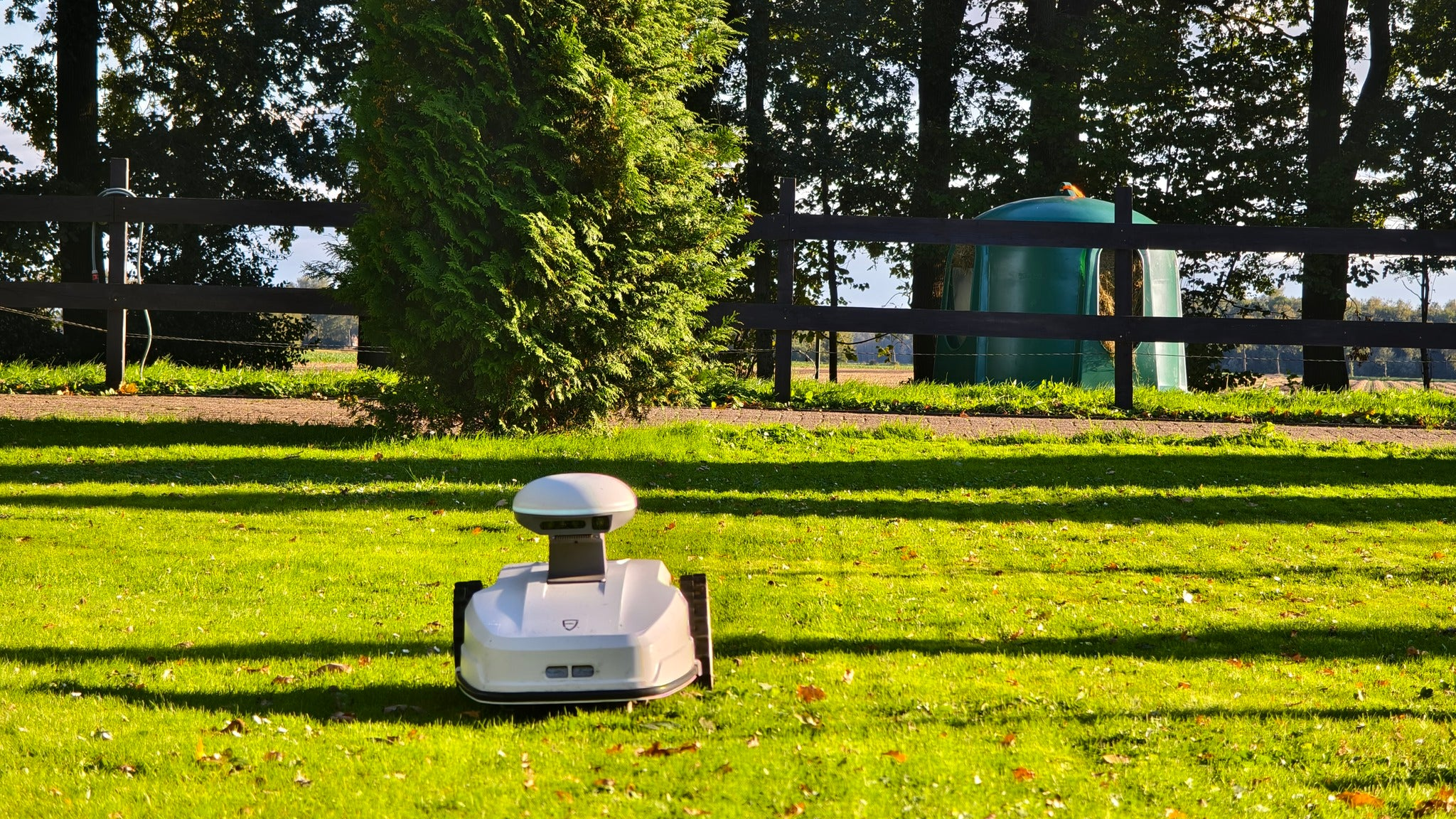What Is a Robotic Mower for Sports Fields?
Maintaining sports fields is no easy task. Whether it’s a school football pitch, a community soccer field, or a practice ground for athletes, keeping turf healthy, even, and visually appealing requires constant attention. Traditional lawn care methods, though effective, often demand high labor costs, significant time, and specialized equipment. This is where a robotic lawn mower comes into play. In recent years, robotic mowers have transformed not only residential gardens but also small and medium-sized sports fields, providing precise, efficient, and automated turf management.
In this comprehensive guide, we will explore what a robotic mower for sports fields is, why it is beneficial, and how modern technologies like auto robot lawn mowers, automatic lawn mower robots, and robot lawn mowers with apps are revolutionizing field maintenance. We will also look at how to select the right mower for different sports field sizes, including recommendations for FJDynamics models.
Understanding Robotic Lawn Mowers for Sports Fields
A robotic lawn mower for sports fields is an automated device designed to cut grass efficiently without requiring manual operation. Unlike traditional mowers, which require operators to push, ride, or guide the machine across the turf, robotic mowers operate autonomously, following programmed schedules or sensor-based navigation systems.
How Robotic Mowers Work on Sports Fields
Robotic mowers employ advanced sensors, GPS guidance, and in some cases, smart mapping technology to navigate a field. For instance, a robot lawn mower without perimeter wire can detect obstacles and edge boundaries using sensors and optical cameras, eliminating the need for complex installation.
Key components include:
- Cutting System: Precision blades designed to handle turf without tearing it.
- Navigation Technology: GPS, LiDAR, or sensor-based navigation to map and move efficiently.
- Battery & Charging Station: Automated docking for recharging ensures continuous operation.
- App Connectivity: Many models, such as robot lawn mowers with app control, allow users to schedule mowing times, monitor battery status, and adjust settings remotely.
By combining these features, robotic mowers provide consistent and high-quality turf maintenance without heavy labor requirements.
Advantages of Using Robotic Lawn Mowers on Sports Fields
Using robotic mowers for sports fields offers several benefits that traditional methods struggle to match.
Labor and Time Savings
One of the most significant advantages is reducing the need for manual labor. Sports fields often cover large areas, and mowing manually can take hours or even days. A commercial robotic lawn mower can autonomously maintain the field, allowing groundskeepers to focus on other critical tasks such as irrigation, fertilization, and field repairs.
Consistent Turf Quality
A major challenge in sports field maintenance is maintaining uniform grass height. Uneven turf can lead to poor playing conditions, increase injury risks, and affect ball behavior. Automated lawn mower robots ensure a consistent cut across the entire field, promoting healthy turf growth and a professional appearance.
Cost Efficiency Over Time
While the upfront cost of a robotic mower may seem higher than traditional mowers, the long-term savings in labor and maintenance can be substantial. By reducing manpower and extending equipment life through optimized mowing schedules, sports field managers can save significantly over the years.
Eco-Friendly Operations
Electric robot lawn mowers produce zero emissions during operation, making them an environmentally friendly alternative to gas-powered equipment. They are quieter, reduce fuel consumption, and support sustainable maintenance practices—especially important in schools and community settings.
Recommended Robotic Mowers Based on Sports Field Size
Choosing the right robotic mower depends heavily on the size of the sports field. Here’s a breakdown of common American sports fields and which FJDynamics model is best suited for each.
American Football Fields
- Standard Size: Length 120 yards (≈109.7 meters, including end zones), Width 53.3 yards (≈48.8 meters)
- Total Area: ~5,351 m² (≈0.53 hectares)
- Recommended Mower: FJD FV2000 – handles up to 2,000 m² per day, perfect for maintaining school football fields efficiently. Multiple units can be used for larger or heavily used fields.
Soccer / Association Football Fields
- FIFA Standard Size: Length 100–110 meters, Width 64–75 meters
- Total Area: ~6,400–8,250 m²
- Recommended Mower: FJD FL3000 – covers up to 3,000 m² per day, ideal for medium-sized community or school soccer fields. For larger areas, combining FL3000 and FR4000 units ensures full coverage with minimal effort.
Baseball Fields
- Area: Infield ~400–500 m², Outfield ~12,000–15,000 m²
- Total Area: ~12,000–15,500 m²
- Recommended Mower: FJD FR4000 – capable of mowing up to 4,000 m² per day, designed for large sports fields and heavy-duty use. Using multiple FR4000 units can maintain professional-quality turf efficiently.
Small Community or School Practice Fields
- Area: ~1,500–4,000 m²
- Recommended Mower: FJD FV2000 – perfect for small training fields, school pitches, or local club fields. App-controlled schedules allow automated mowing even when staff are unavailable.
Tip: Selecting the right mower for your field size ensures consistent turf quality, reduces labor, and maximizes operational efficiency.
Choosing the Right Robotic Lawn Mower for Your Sports Field
When selecting the best robotic mower, consider terrain complexity, grass type, and desired automation features.
- Terrain & Obstacles: Mowers like robot lawn mowers without perimeter wires navigate slopes, goalposts, and uneven terrain efficiently.
- Automation & App Features: Robot lawn mowers with app control allow scheduling, monitoring, and remote adjustments, ideal for schools and clubs.
- Safety Features: Tilt and lift sensors, automatic blade stops, and emergency app controls keep players and staff safe during operation.
Comparing Robotic Lawn Mowers to Traditional Mowers
| Feature | Traditional Mower | Robotic Lawn Mower |
|---|---|---|
| Labor | High | Low |
| Automation | None | Full/partial |
| Noise | High | Low |
| Fuel/Power | Gas | Electric |
| Precision | Moderate | High |
| Maintenance | High | Moderate |
| Cost Over Time | Moderate upfront, high ongoing | Higher upfront, lower long-term |
Popular Types of Robotic Mowers for Sports Fields
- Auto Robot Lawn Mower: Ideal for small to medium fields, operating autonomously with programmed routes.
- Commercial Robotic Lawn Mower: Designed for large fields with extended coverage, durable components, and faster cutting speed.
- Robot Lawn Mower Without Perimeter Wire: Uses GPS and sensors to automatically map and maintain boundaries, reducing setup time.
- Smart Robotic Lawn Mower: Features app connectivity, intelligent scheduling, and automated maintenance reminders.
Installation and Maintenance Tips
Initial Setup
- Map the field using sensors or GPS
- Place the charging station in an accessible but safe location
- Remove temporary obstacles during first runs
Regular Maintenance
- Keep blades sharp
- Maintain battery cycles according to manufacturer guidelines
- Update firmware and app regularly
- Clean sensors and wheels after mowing
Conclusion
Robotic mowers are transforming sports field maintenance by providing precise, efficient, and eco-friendly solutions. Models like FJD FV2000, FL3000, and FR4000 ensure that schools, community clubs, and training fields maintain high-quality turf with minimal labor and operational costs.
Explore the full range of FJDynamics robotic mowers for your sports field needs here.














